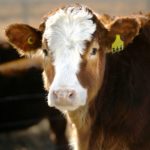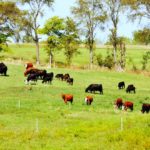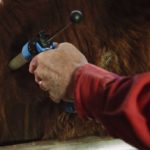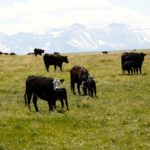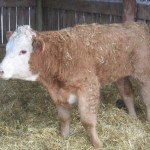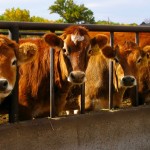A uniquely Canadian study provides the first comprehensive look at feedlot health outcomes for calves from dams vaccinated before conception with Express FP. Dr. Tye Perrett, a managing partner with Feedlot Health Management Services, Okotoks, Alta., oversaw the project that reviewed Canadian feedlot records on 1.4 million calves born between 2007 and 2014 to compare […] Read more




